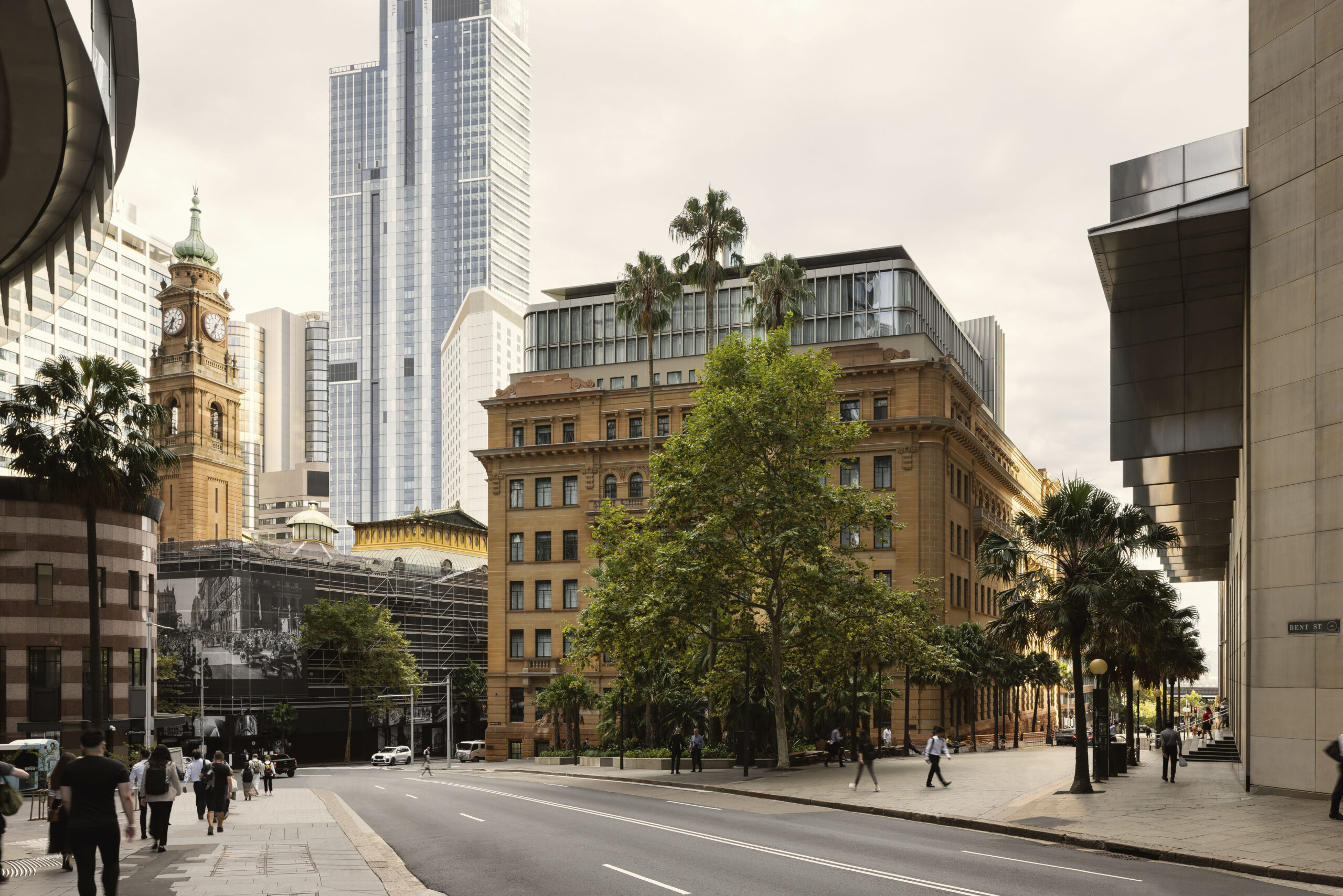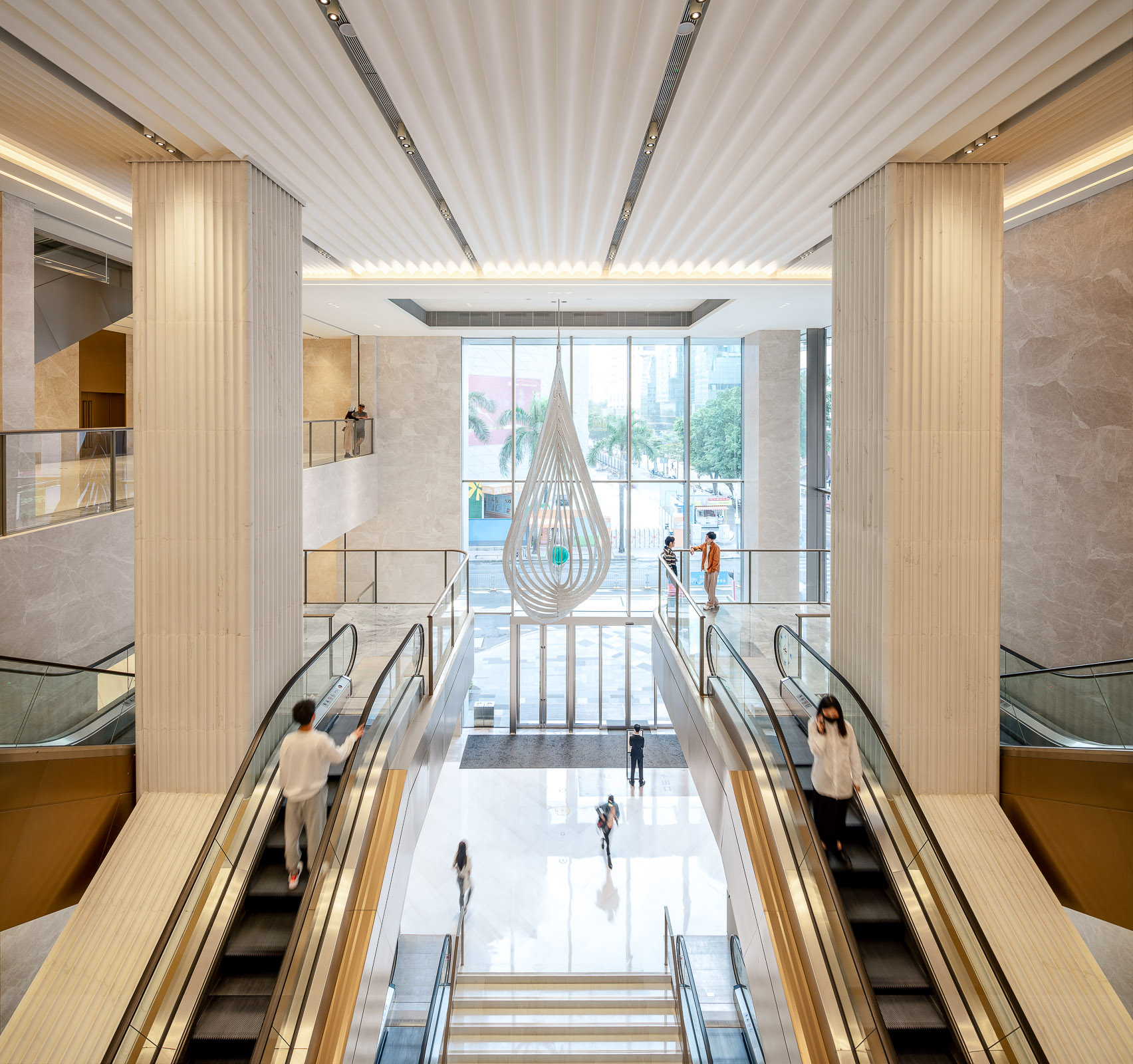
Construction as Heritage: A Case for Discrete Industry, Joshua Bristow, London Metropolitan University (Unit 8, MArch)
The precision of the digital realm is the antithesis of the searching hand sketch. In the digital realm everything is exact, there is no wavering or erring, just a definite point right here and not there.
It was interesting for me to see Jack Ingham’s submission which uses a digital model to create an image that seems partly to be about the process of drawing, where only part of the digital drawing is rendered with material and shadow. With several drawings the jury discussed the detail necessary in a digital drawing. With digital tools allowing us the infinite capacity to zoom into a drawing can we accept sketchiness, or must we ask for high definition and refined resolution everywhere? A digital drawing also allows, more easily, the build-up of layers of information. The inclusion of ‘objective’ quantifiable information, or measurable data is typical in an architectural drawing. The conventions of architectural projects- plans- axos – scales etc provide us plenty of tools to play with levels of abstraction of that information which is a key skill to drawing architecturally.

Fetching a Bucket of Steam, Jack Ingham, Newcastle University
The hybrid drawing category shouldn’t, of course, be the best of both worlds. Great drawings are not manifestos of their medium of production. There are as many ways to combine hand drawing with the digital realm as there are hybrid drawings produced; taking hand drawings through digital processes, or combining digital and hand mark making are two quick examples.
The Airplane tower -a stacked section of airplanes abandoned during Covid and adaptively-repurposed, is a witty expression of the twin emergencies of today- the housing and environmental crises. There is a humour and directness that I appreciate in our Covid-moment. Using the conventions of 3 architectural drawing types; the cut-away axo, the perspective, and the frontal elevation, the drawing plays with the capacity to present a measured, precise ‘design’, while allowing it to be a speculative sketch of a concept. By including 3 different architectural views of the same design, the drawing seems to insist this is a ‘real’ design: a legitimate proposal, while the absurd stacking and willful ignorance of details makes it an obvious (dis?)-topia. Perhaps, for me, that is one of the delicate lines that makes a drawing architectural- that it proposes a reality with just enough measured precision to convince us to take it seriously.
Like many of the submissions this year, Airplane Tower conjured the claustrophobia of these recent lock-down months, but with a little optimism, or delightful distraction that a particularly architectural drawing can provide.

Airplane Tower, Victor Hugo Azevedo and Cheryl Lu Xu, Robert A. M. Stern Architects
This post forms part of our series on The Architecture Drawing Prize: an open drawing competition curated by Make, WAF and Sir John Soane’s Museum to highlight the importance of drawing in architecture. View the shortlist for the 2020 competition or hear from some of the judges at this year’s WAFVirtual as they discuss the shortlist in more detail on Tuesday 1 Deecember at 2pm, register here.







































































































































































































































































